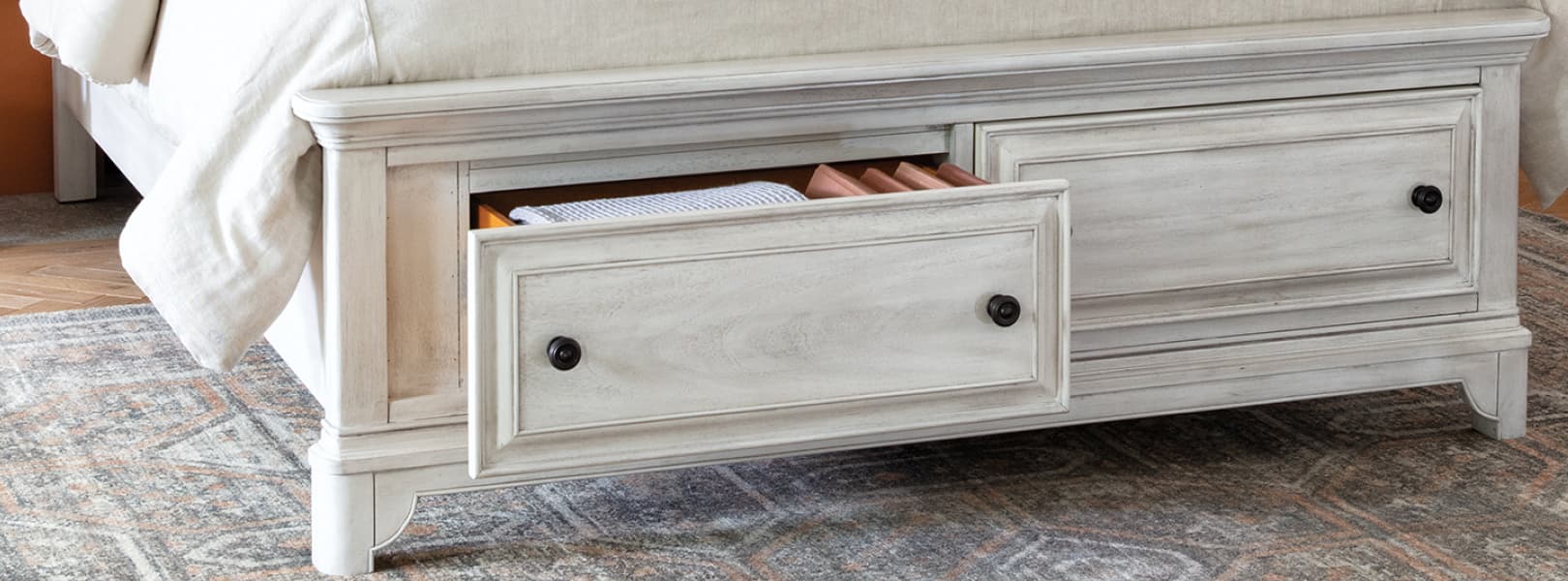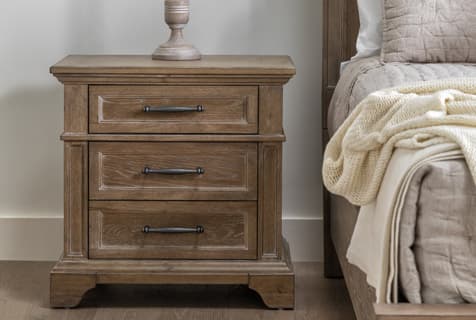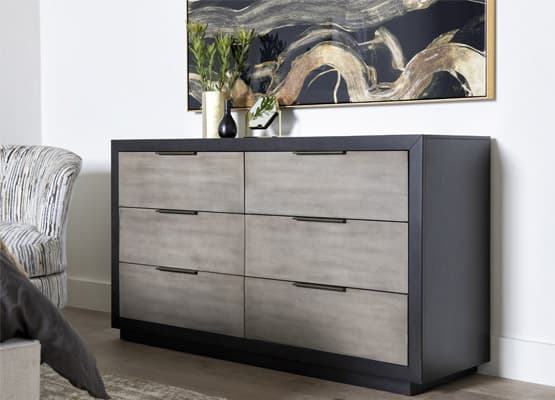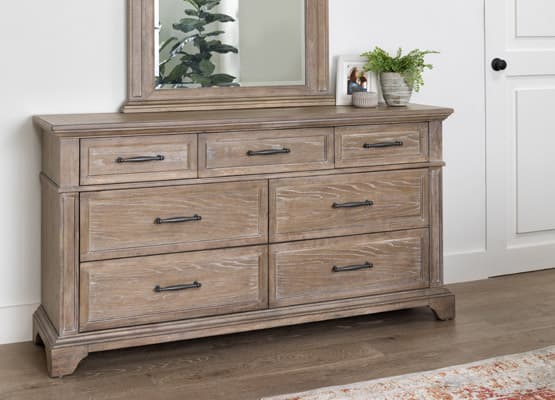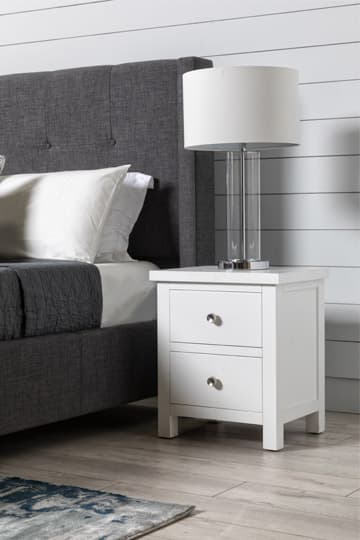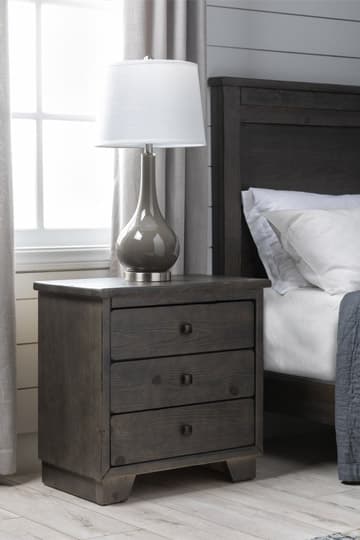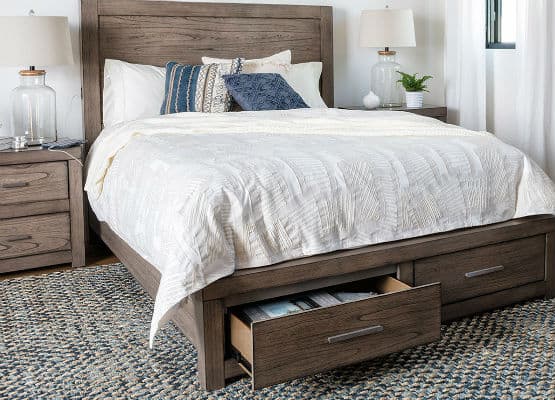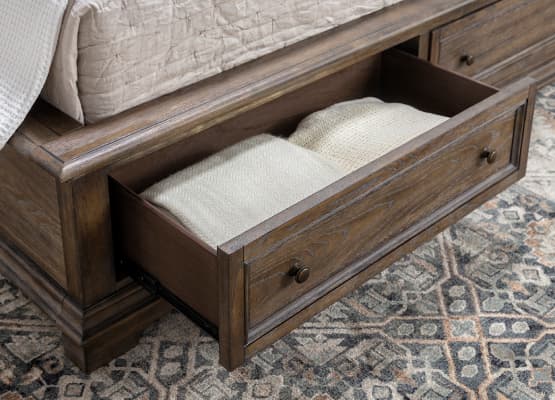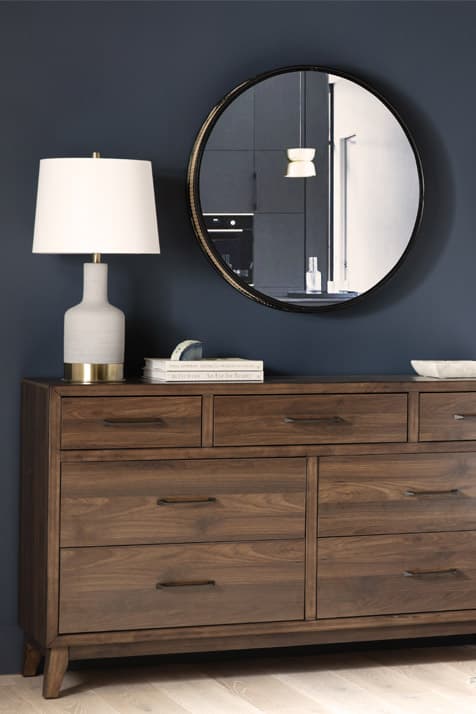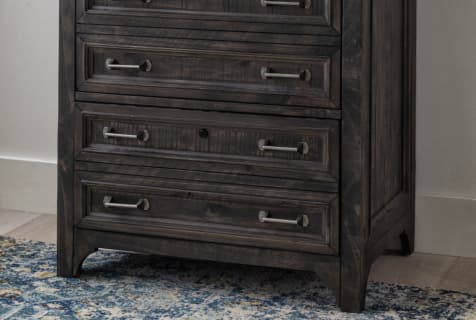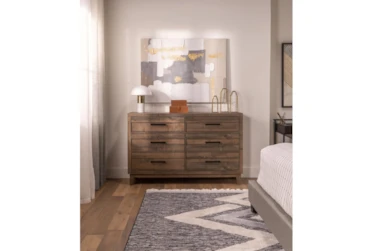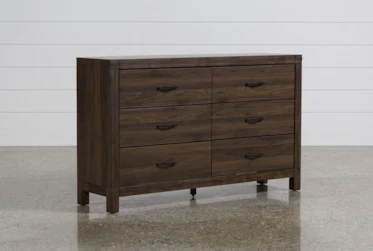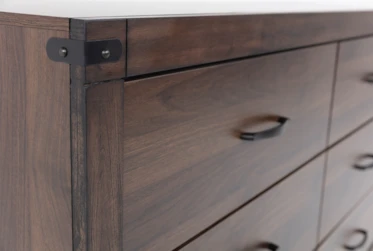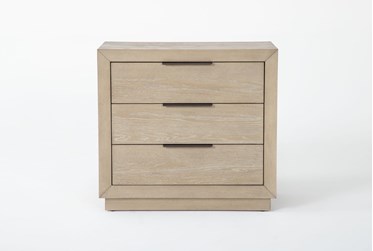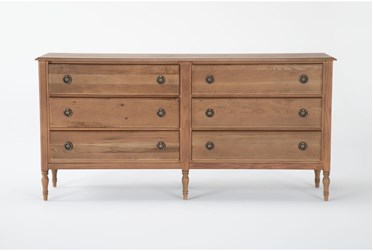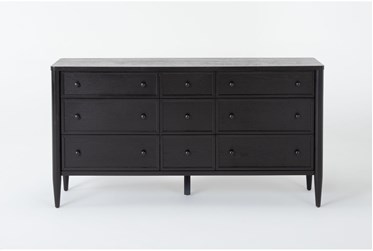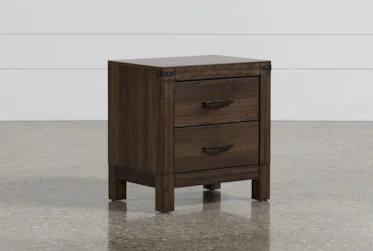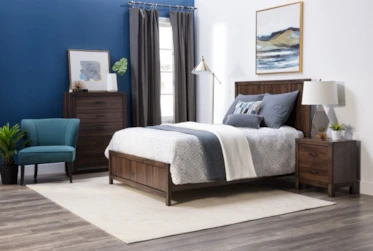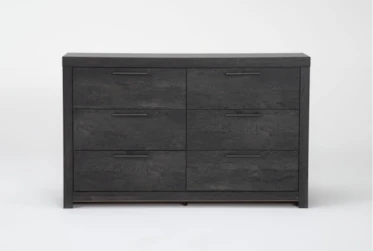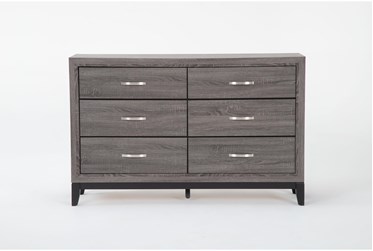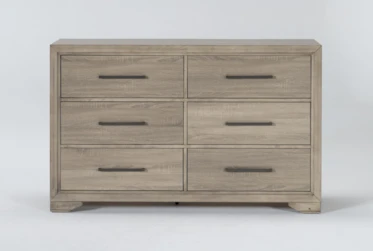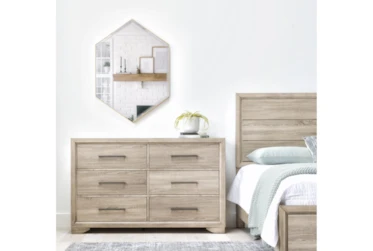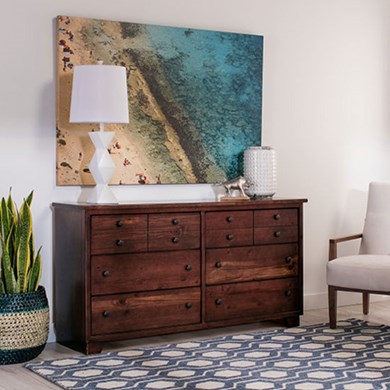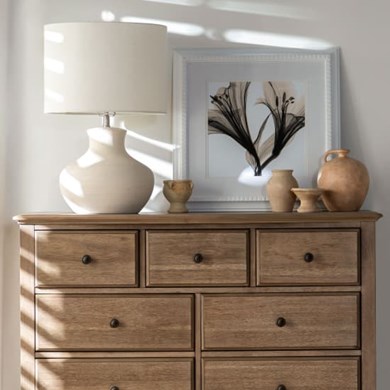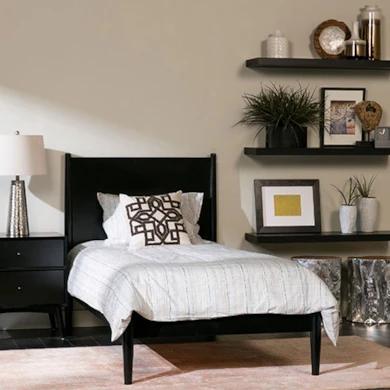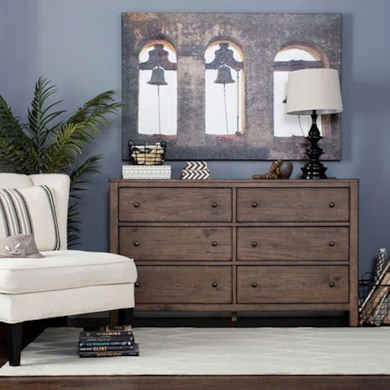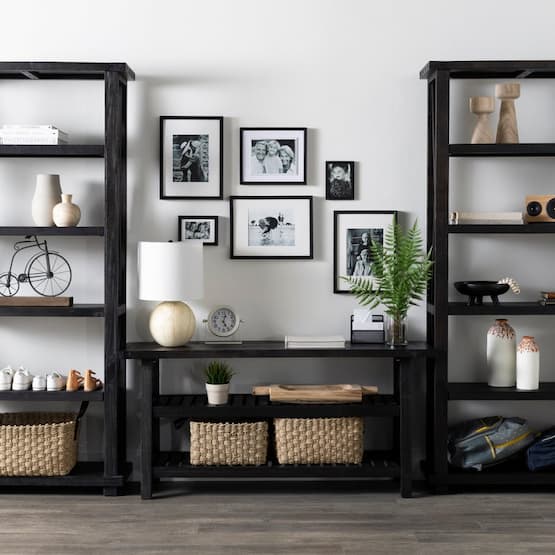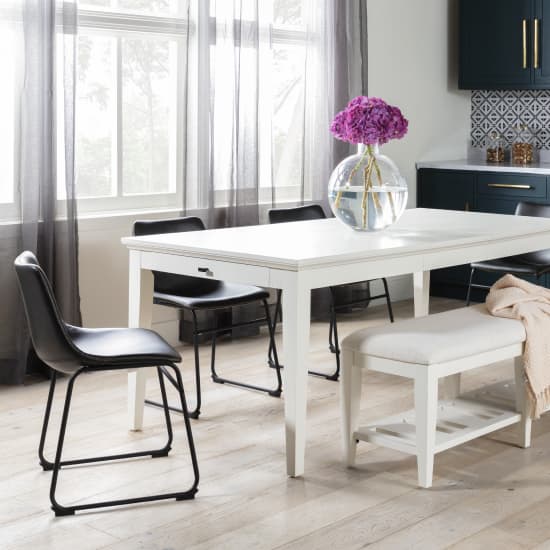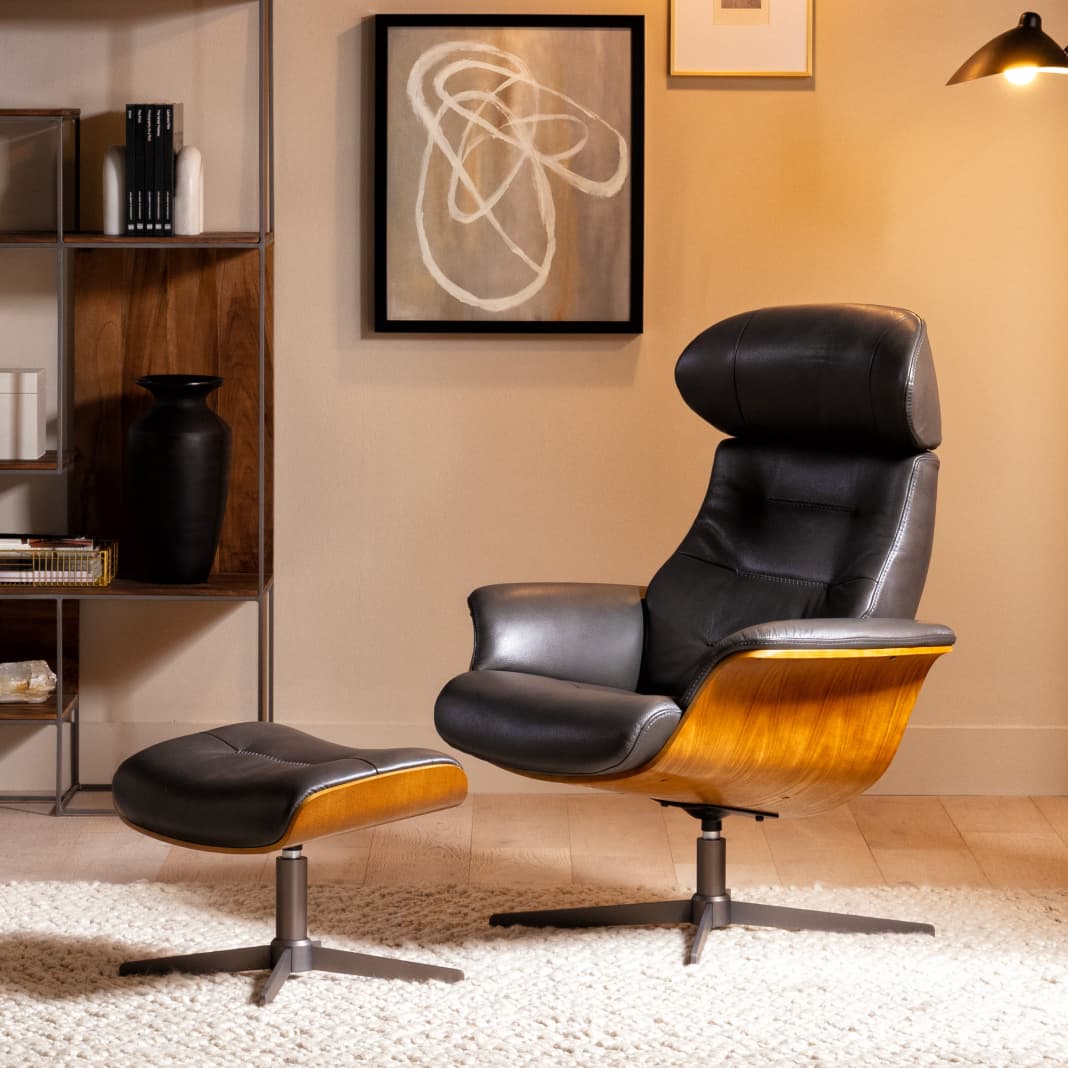Guide to Drawers and Drawer Measurements
Common Types of Drawer Glides
All drawers are designed to pull out and back in but not all feature the same types of glides. Here are two of the most popular and how they work in furniture.- Metal glides with levers: One of the most common drawer types are drawers with metal glides with levers, which guide the drawer in and out on metal guides – and which feature a stopping mechanism to prevent the drawer from pulling too far out.
- Wood glides: Although they are not as common as metal glides, wood glides can still be found in some newer furniture pieces and perform the same function (with just as much ease) as metal glides. Drawers with wood glides can be distinguished by what they lack – bolts, screws, metal hardware, etc. – and generally feature a simple carved-out line to guide the drawer open and closed.
Dovetail Drawers
Dovetail drawers are the highest form of quality in drawer joinery. This joint method employs a woodworking technique that looks like a jigsaw puzzle. A series of interlocking wedges made from wood join each piece of the drawer joints together, creating a secure and durable gliding mechanism.
How to Measure a Drawer
Whether you want to know the exact dimensions of the inside of your drawer (so that you can purchase an organizer to fit within it) or you need to compare dimensions to a drawer you are considering purchasing, here’s how to measure a drawer:
- Open the drawer all the way and remove its contents. Use a measuring tape to measure the floor of the drawer; measure from the left to the right and from the back of the drawer to the side closest to you. Note that drawers may not be built on a straight axis, so measure at the middle and ends to cover all ground.
- Measure from the floor of the drawer to the top of the sides. Do this for the back of the drawer, the sides and the front of the drawer, as panels may differ in measurements around the drawer.
- Repeat the steps above for every drawer in a dresser (or other furniture piece). (Just because drawers look similar in size doesn’t mean they are, and if you want exact measurements, you’ll have to take the extra steps.)
Drawers in Dressers
Dresser drawers come in a variety of designs and sizes, so dimensions will vary. Here are some of the most common.Small Dresser Drawers: Width - 12", Depth - 14", Height - 4"
Medium Dresser Drawers: Width - 28", Depth - 16", Height - 6"
Large Dresser Drawers: Width - 30”, Depth - 18”, Height - 8"
Best used for: Because they carry a wide range of sizes, dresser drawers are commonly used to store a wide range of items; popular uses include storing clothes, linens, jewelry and accessories.
Drawers in Nightstands
Nightstand drawers come in a variety of designs and sizes, so dimensions will vary. Here are some of the most common.Average Nightstand Drawer Size: Width - 17”, Depth - 13”, Height - 3.5"
Best used for: Nightstands are often designed with drawers to make it easy to store and reach for items such as books, journals, reading glasses and medication while in bed.
Drawers in Storage Beds
Storage bed drawers come in a variety of designs and sizes, so dimensions will vary. Here are some of the most common.Average Storage Bed Drawer Size: 35.5"W x 19.50"D x 8.75"H
Best used for: Out of nightstands, dressers, chests and more, storage beds tend to offer the most amount of drawer space – so use them for bulkier items like bedspreads, pillows, winter coats and shoes
Half Extension vs. Full Extension
All drawers are designed to pull in and out but not all extend out all the way. While you’ll still get the same amount of storage space from half extension drawers as you will from full extension, note that drawers with full extension will make it easier to reach farther into the back of the drawer space.
Soft Close Drawers
Soft closing drawers are designed to remain silent, even when pushed shut forcefully. The way it works: A hydraulic dampener, which absorbs energy and slows it down, is built into the slides of the drawer. It's actual physics at play here, and the result is the most gentle and smooth motion you can dream of. (Opening and closing a soft-close drawer is pretty addicting; it feels so good!)
Locking Drawers
Most commonly found in filing cabinets, drawers that lock provide extra security. Accessed through a traditional key-and-hole mechanism, locking drawers are essential for confidential documents – but they can also be used for non-paper items such as jewelry, collectibles and money. These designs are perfect for home offices or other spaces that can be shared and accessed by nosy family members and guests.
Featured Products
— More Great Articles —
Explore Drawers
Read the Latest
Editorial Disclaimer: Articles featuring tips and advice are intended for educational purposes and only as general recommendations. Always practice personal discretion when using and caring for furniture, decor and related items.
